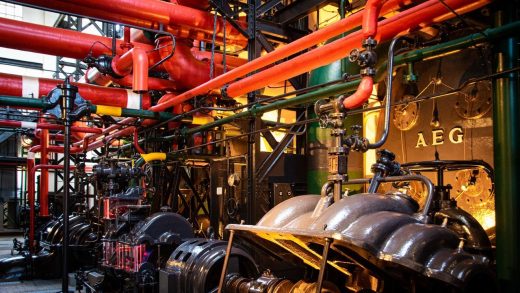Laboratory safety is of paramount importance in various industries, ensuring the protection of personnel, the environment, and the integrity of scientific research. This article delves into the multifaceted aspects of laboratory safety, exploring the standards, protocols, and best practices that govern this critical domain.
1. Understanding the Importance of Laboratory Safety:
– Highlight the potential risks and hazards associated with laboratory work.
– Emphasize the significance of adhering to safety standards to prevent accidents, injuries, and contamination.
– Discuss the consequences of neglecting laboratory safety, including reputational damage and legal implications.
2. Regulatory Framework and Standardization:
– Explore the international and national regulatory bodies responsible for setting laboratory safety standards.
– Discuss key standards, such as ISO 45001 and OSHA guidelines, and their role in ensuring a safe working environment.
– Highlight the importance of regular audits and inspections to maintain compliance with these standards.
3. Essential Components of Laboratory Safety:
a) Personnel Safety:
– Detail the necessary training and qualifications for laboratory personnel.
– Discuss the importance of personal protective equipment (PPE) and its proper usage.
– Highlight the significance of emergency preparedness and response plans.
b) Chemical Safety:
– Explain the safe handling, storage, and disposal of hazardous chemicals.
– Discuss the importance of conducting risk assessments and implementing control measures.
– Highlight the role of chemical hygiene plans and the proper labeling of chemicals.
c) Equipment and Facility Safety:
– Discuss the importance of regular equipment maintenance, calibration, and inspection.
– Highlight the need for proper ventilation systems and engineering controls.
– Address the significance of ergonomic design and safety interlocks in laboratory equipment.
4. Emerging Trends and Technologies:
– Explore the latest advancements in laboratory safety, such as automation and robotics.
– Discuss the integration of artificial intelligence and machine learning in risk assessment and safety protocols.
– Highlight the potential of wearable technologies and real-time monitoring systems to enhance safety measures.
5. Training and Education:
– Emphasize the need for ongoing training and education in laboratory safety.
– Discuss the benefits of safety culture and the role of leadership in fostering a safe working environment.
– Provide resources and recommendations for further education and certification in laboratory safety.
Conclusion:
Laboratory safety is a dynamic field that requires continuous attention and improvement. By adhering to stringent standards, implementing best practices, and embracing emerging technologies, organizations can create a culture of safety that protects personnel, preserves the environment, and upholds the integrity of scientific research.


